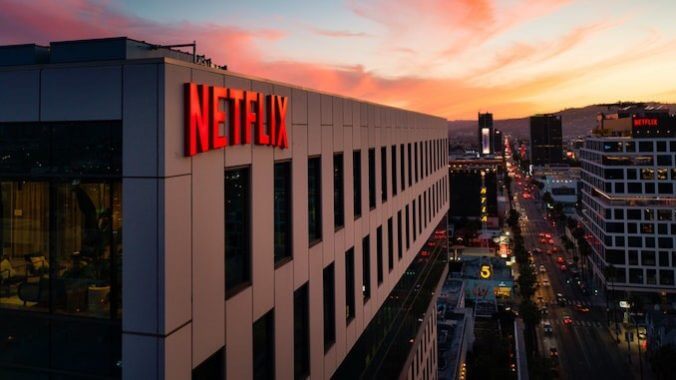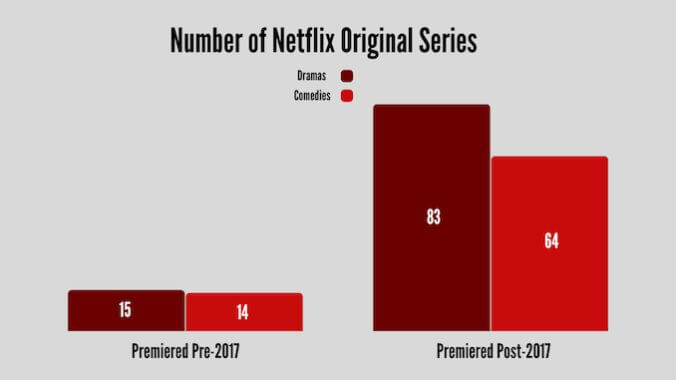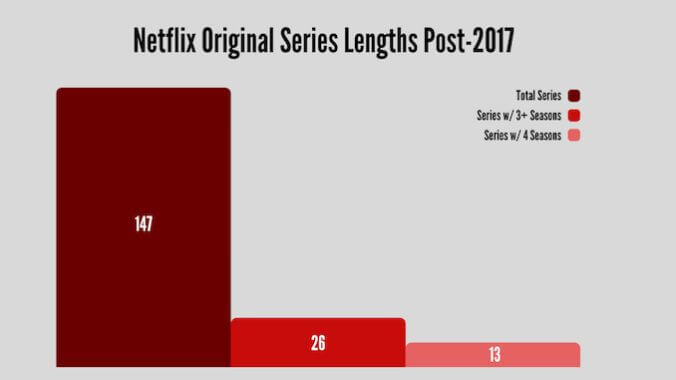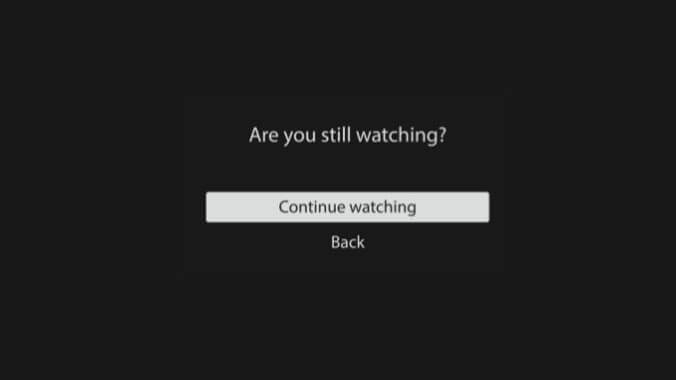How Netflix Went from Media’s Golden Child to the Bane of Its Own Subscribers

When Netflix announced that they lost 200,000 subscribers in April of this year, it seemed to some that this was the beginning of the end for the streaming giant. If the company had never crushed Blockbuster into a fine powder and built their streaming platform on top of its massive grave, TV would look very different. Broadcast shows might still dominate awards, the decline in people watching live TV might have been slower, and it’s almost certain that there wouldn’t be over a dozen other streaming services trying to compete for subscribers in what is essentially a second era of cable television. As of now, Netflix has spent a decade at the top of the streaming game, and TV will forever be changed. However, no business is indestructible, and you don’t have to look far to realize that the hits Netflix has taken in the last few years are all—in some way or another—self-inflicted.
— Humble Beginnings —

Netflix was ahead of the curve in a lot of ways that allowed it, intentionally or not, to mold a decade of TV. It’s not likely that anyone saw that coming back in 2007 when the first version of the streaming platform was launched; subscribers were limited to a certain number of hours they could stream based on what plan they paid for until the service became unlimited for all subscribers almost a year later, and the streaming catalog had a mere 1.4% of what the DVD service had to offer. In the end, the amount of things people could watch didn’t matter. By the time Netflix’s streaming service reached its second birthday, subscribers preferred it over the DVD mailing service. Netflix beat Blockbuster because it was more convenient to get a movie out of your mailbox than make the trip to the closest video store for something, so it isn’t surprising that their subscriber base was ready to ditch that for a service that was even more convenient came along, especially when everyone paying for the DVD mailing service was automatically grandfathered in.
By 2010, Netflix’s streaming service had made huge leaps. Distribution companies were making deals with them to try and minimize the damage the DVD mailing and streaming services were doing to DVD sales, and in the meantime Netflix was acquiring movie streaming rights from multiple distributors, increasing their catalog size on the platform to over 7 times what it was when it was first launched.
2010 is also the first time that the power of Netflix’s influence became apparent. AMC hit Breaking Bad was under threat of cancellation after the third season ended, but after it was added to Netflix, viewership doubled by the time the fifth season rolled around. Creator Vince Gilligan even thanked Netflix at the 2013 Emmy Awards, saying he “[thought] Netflix kept them on the air.” The series was one of the first that was actively airing at the time while also being binged by Netflix subscribers, giving early proof to the idea that the “binge-model” of releasing a bunch of episodes at once instead of stringing people along week to week could be successful. Without that success, Netflix would never look like how it does today.
In the wake of Breaking Bad and other shows like Mad Men and Lost being binge-watched by Netflix subscribers, the company decided to make its first foray into original content, lifting VP Cindy Holland out of her role acquiring licensed content for streaming, and putting her in charge of getting original content onto the platform. For all intents and purposes, Holland created the foundation for the Netflix Original brand that we are all so familiar with today. She was responsible for House of Cards and Orange Is the New Black, along with the rest of the first wave of Originals that Netflix launched, which was met with undeniable success. OITNB’s first season wasn’t just a critical darling, it was Netflix’s most-watched series of all time, and was renewed for a total of 7 seasons before it ended in 2019. House of Cards was the first show exclusively hosted on a streaming service to be nominated for a Primetime Emmy Award, leading the charge for the streaming takeover of major television award shows. Before Netflix broke the door down, broadcast networks were usually able to hold their own in the awards circuit, but recent years have made it clear that if a show from the Big 4 wants a golden statue, it needs to be extraordinary.
— The Golden Years —
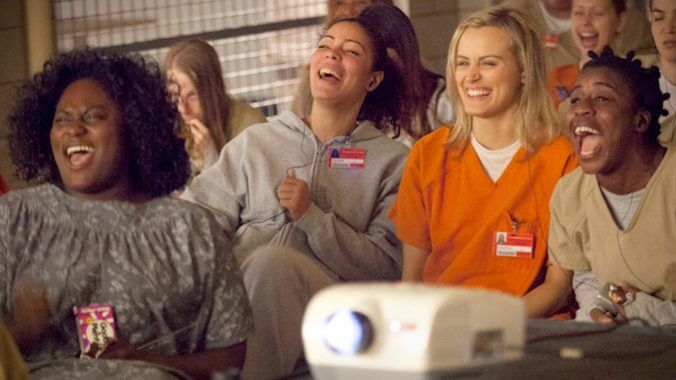
If you went back in time to 2016 and told everyone that Netflix was reaching its peak, I don’t think that anyone would have believed it. Unbreakable Kimmy Schmidt and Grace and Frankie both released their second seasons that year, Baz Lurhman’s The Get Down had premiered its first part, Marvel’s Netflix endeavors saw yet another hit with Luke Cage, and both The Crown and Stranger Things had incredibly successful first seasons. Everything was looking up, and Netflix was a beloved product by the general public, and in the niche fandom spaces of Tumblr and Twitter as well.
Fandom is something as old as time, but its modern, online incarnation is a beast all its own. As the more casual internet boomed in the 2000s, with the introduction of social media platforms like MySpace, Facebook, and the previously mentioned Tumblr and Twitter, certain fandoms for television shows spread like wildfire, and while the rise in smartphone usage certainly played a part, it’s undeniable that Netflix did as well. One of the largest groups of fans in the early 2010s was the SuperWhoLock fandom, the amalgamation of fans who liked Supernatural, Doctor Who, and BBC’s Sherlock series that featured Benedict Cumberbatch. During the time the fandom was at its peak, all three shows were available to stream at least in part on Netflix, which made joining the fun all that much easier.
-

-

-

-

-

-

-

-

-

-

-

-

-

-

-

-

-

-

-

-

-

-

-

-

-

-

-

-

-

-

-

-

-

-

-

-

-

-

-

-

